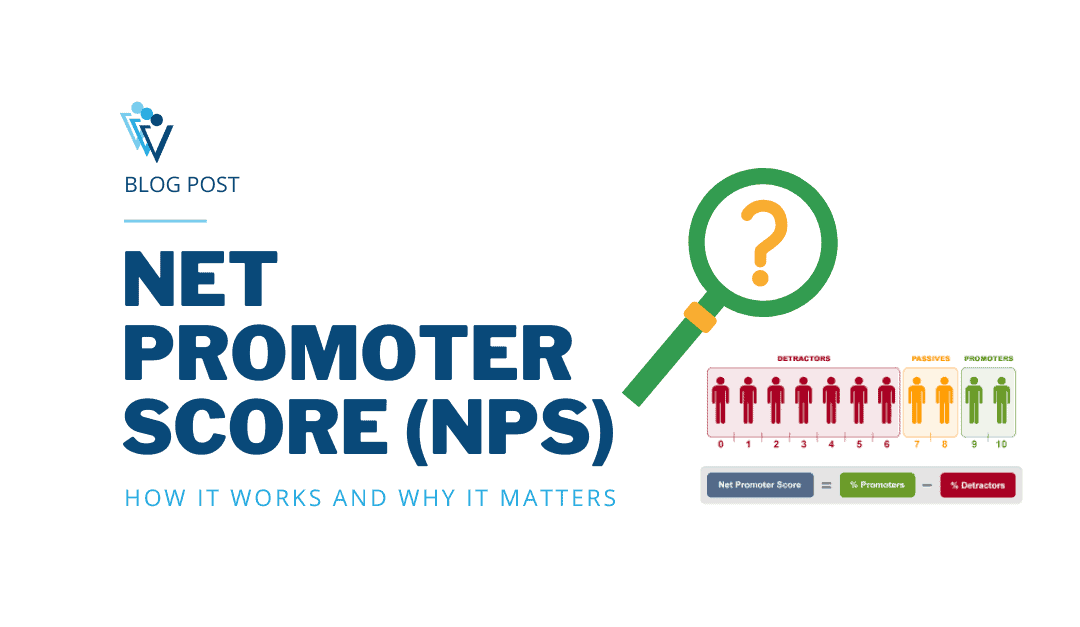A lot of professional services firms asking about the benefits of using Net Promoter Score (NPS). Even more, clients are asking about NPS or client satisfaction (CSAT) scores when considering new service providers. It’s similar to shopping on Amazon and looking for the 5-Star rating, yet different. NPS has become a buzzword. We find there is a lot of confusion about exactly what it is and how it works.
Promoters, Passives, and Detractors
A respondent who provides a score of 9 or 10 is a “promoter.” They are likely to say good things about your business to others. Someone who provides a score of 7 or 8 is a “passive.” They are not likely to say anything good or bad about you. A respondent who provides a score of 6 or less is a “detractor.” They are likely to say negative things about you.
The NPS formula is % Promoters - % Detractors = NPS. Passives do not count.
Blake Godwin, Partner/President of Client Savvy, explains how NPS works in this video.
Net Promoter Score Leaders
Market leaders like Apple, USAA, and Nordstrom are in the mid-’70s. Client Savvy’s clients’ average is 74. High growth companies average in the ’50s. Average services firms are in the ’40s. The “average” company is in the ’30s. Laggards like big banks and cable companies are even lower – 0 to -35.
In the past, I have used a three-question survey that took respondents less than five minutes to complete:
- On a scale of 0 to 10 with 10 being extremely likely, how likely are you to recommend our company to a friend or colleague?
- Why did you give us that score?
- What can we do to earn a 10?
The consumer feedback and insights from the open-ended questions were excellent. We had a repeatable methodology to measure progress over time.
Our survey was a great way to get quick client feedback. It let clients know we were concerned about their opinions and feedback. And, it was a great way to initiate a dialogue with clients.
Client Feedback Tool
Client Savvy has taken client feedback to the next level with the Client Feedback Tool. The tool uses a seven-point scale centered on “met expectations" and gathers feedback on several key criteria most relevant to the client and the project. Check out our case study!
NPS is a broad measure of a client’s likelihood to recommend, while the customer feedback tool provides much more precise measurements and actionable insights. Both methodologies provide the momentum to engage the client in a dialogue following the completion of a survey, even if it's as simple as thanking your client for providing feedback.
The nuances of CFT give client-serving professionals insights into what their client is thinking to have a more informed conversation. The methodology encourages clients to provide feedback and comments over the course of a project or relationship. As opposed to, only at the conclusion of a project when it’s too late to address the issue. These issues may be a function of miscommunications, misunderstandings, or misaligned expectations.
We have a number of examples where clients receive "below expectations" feedback early or midway through a project. They meet with their clients and to identify and rectify the situation, so the projects are a success.
Research shows that addressing and correcting a client's concerns result in happier more profitable clients. Concerns and problems give the two parties an opportunity to work together, earn trust, and move forward together.
Let us know if you’d like to explore using NPS and customer feedback. We can help your company drive more revenue, referrals, and repeat business.





